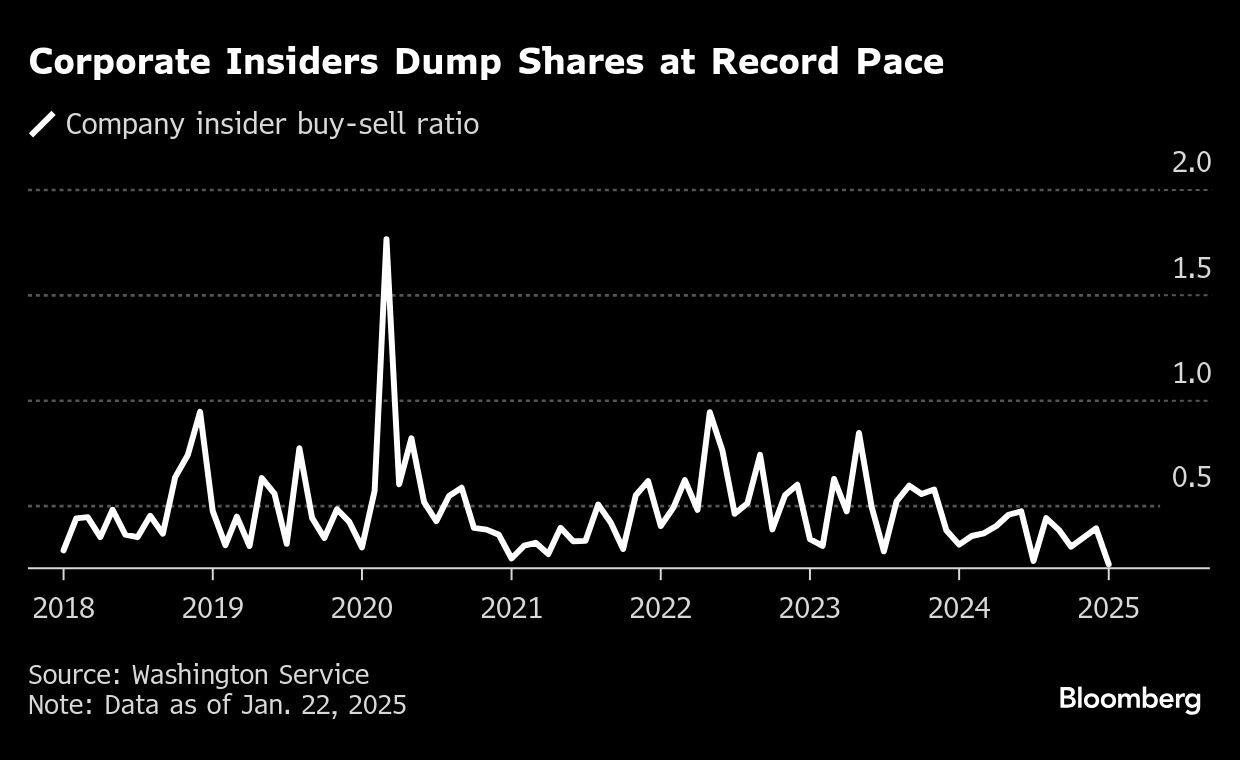
In a concerning market development, foreign investors are rapidly selling off their U.S. stock holdings amid growing economic uncertainties and trade tensions. The sell-off has been particularly pronounced in the technology sector, with semiconductor stocks bearing the brunt of the exodus.
The Direxion Daily Semiconductor Bull 3X Shares (SOXL), a key indicator of semiconductor investment, has plummeted over 68% this year, with its net assets dropping to $7 billion. This dramatic decline reflects mounting investor anxiety about the U.S. economy's direction.
Trade tensions have emerged as a major factor driving the sell-off. Recent data shows U.S. tariff revenues falling substantially below projections, collecting just $500 million daily compared to the anticipated $2 billion. The shortfall has sparked concerns about the effectiveness of current trade policies.
Failed trade negotiations with key partners have intensified market worries. Japan remains hesitant to strike a deal due to proposed 24% tariffs on auto exports, while talks with Mexico have stalled despite a temporary pause on certain duties. The auto trade between the U.S. and Mexico, valued at $225 billion in 2024, hangs in the balance.
Adding to market pressures, major financial institutions are increasingly warning of recession risks. Apollo Global Management now estimates a 90% chance of a "voluntary" recession this year. The Atlanta Fed's GDPNow model projects a 2.3% contraction in Q1 GDP, suggesting an abrupt economic slowdown.
The tech sector's vulnerability is particularly noteworthy, with chipmakers facing potential severe impacts from both trade restrictions and a possible recession. Despite being exempt from tariffs, semiconductor companies remain heavily exposed to market volatility, especially given recent restrictions on exports to China.
This combination of factors has created a perfect storm for foreign investors, prompting them to reduce their exposure to U.S. equities at a pace not seen in recent years. The trend suggests a shifting landscape in global investment patterns and raises questions about long-term market stability.